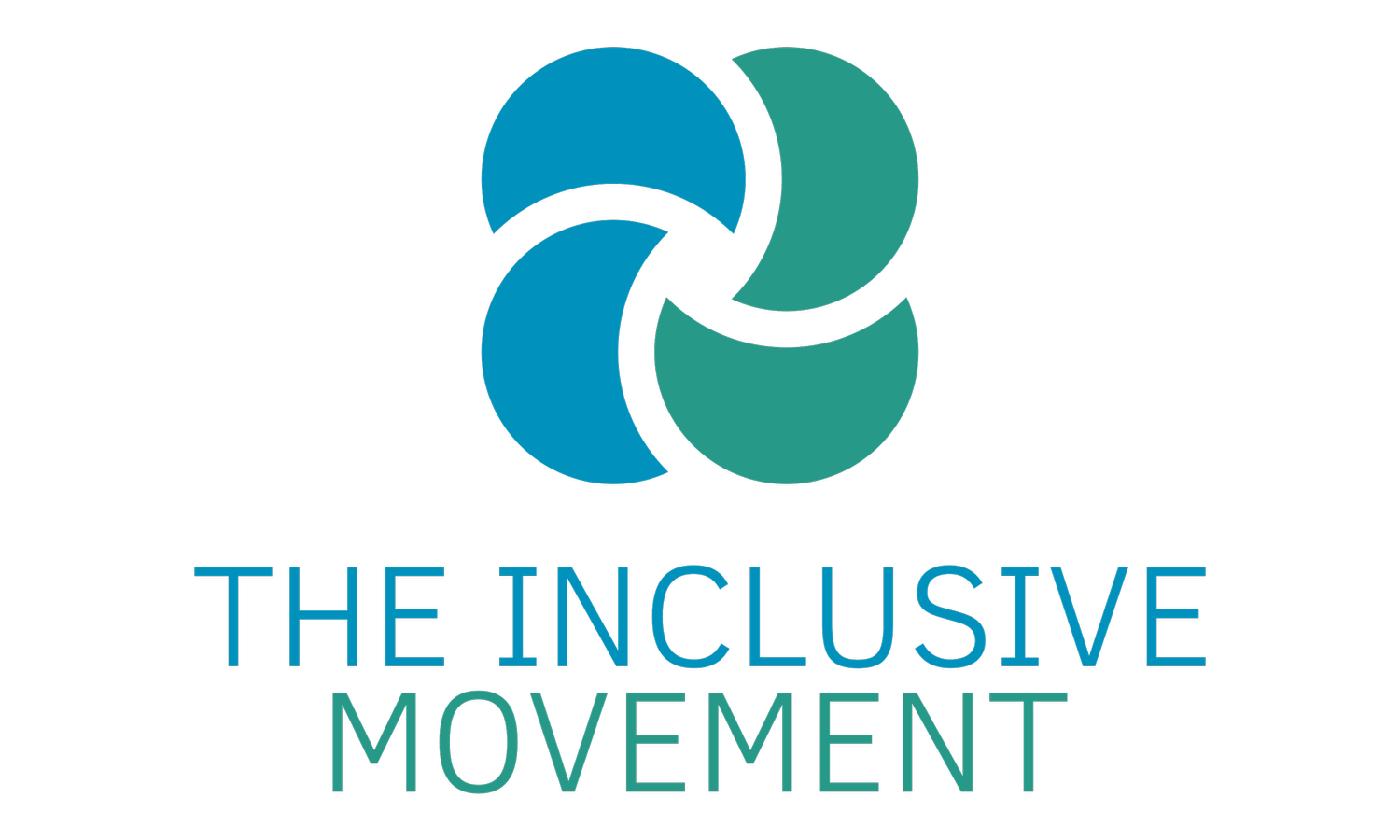What Are Reasonable Adjustments — And How Do They Work?
As both a disability specialist and Inclusion Consultant, + and parents of neurodivergent children, We’ve seen the incredible difference a thoughtful adjustment can make.
We’ve also seen the damage caused when adjustments are misunderstood, seen as optional, or implemented in a tokenistic way.
The truth is, reasonable adjustments aren’t about giving certain students an ‘advantage’ — they’re about removing barriers so every student can access learning on the same basis as their peers.
What Are Reasonable Adjustments?
Under the Disability Discrimination Act 1992 (DDA) and the Disability Standards for Education 2005, education providers have a legal obligation to make changes — called reasonable adjustments — to ensure students with disability can participate in education without discrimination.
These adjustments can be:
Physical (e.g. ramps, modified seating)
Sensory (e.g. noise reduction, fidgets)
Instructional (e.g. alternative formats, visual schedules)
Technological (e.g. assistive devices, software)
Environmental (e.g. flexible classroom layout, safe quiet spaces)
They’re not about lowering expectations — they’re about creating equitable access.
How Do They Work in Practice?
Reasonable adjustments:
Start with understanding the student
Every student’s needs and strengths are unique — adjustments are most effective when informed by direct input from the student, their family, and any professionals involved.Are proactive, not reactive
The best adjustments are embedded into everyday practice, not only offered after a problem arises.Change the environment, not the student
Inclusion works when we adapt teaching, spaces, and routines — rather than expecting the student to “fit in” to an inaccessible model.
Examples of Reasonable Adjustments That Work
1. Flexible Learning Spaces
Standing desks or wobble stools for students who need movement to focus
Quiet corners or small-group breakout spaces for students who find busy classrooms overwhelming
Beanbags, wobble cushions, or low-light areas to reduce sensory overload
2. Sensory Supports
Noise-reducing headphones during independent work or assemblies
Fidget tools to support focus and reduce anxiety
Weighted lap pads or movement breaks to help regulate sensory systems
3. Assistive Technology
iPads or laptops with text-to-speech or speech-to-text software
Communication devices or AAC apps for non-speaking students
Visual schedules or apps to support transitions and reduce anxiety
What Makes an Adjustment ‘Reasonable’?
The Disability Standards for Education outline factors that help determine whether an adjustment is reasonable:
Effectiveness: Will it enable the student to participate on the same basis as their peers?
Practicality: Can it be implemented within the school’s resources, with creative problem-solving where needed?
Impact: Will it positively affect the student without creating unreasonable disadvantage for others?
Student preference: Has the student’s own voice and choice been considered?
Important: The law also requires schools to consult with the student (or their family) before making significant changes.
Common Misunderstandings
❌ “It’s special treatment” — No. It’s removing a barrier so the student can access what others already have.
❌ “We can’t do it without funding” — Many adjustments cost little or nothing (e.g. seating changes, visual aids, alternative formats).
❌ “If we do it for one student, we have to do it for everyone” — Yes, and that’s not a bad thing. Most adjustments benefit multiple students.
The Ripple Effect of Good Adjustments
When adjustments are normalised, classrooms become more flexible and creative. This doesn’t just help the student they were designed for — it lifts the learning experience for everyone.
Example: Providing instructions in both written and verbal formats supports students with processing differences — and also benefits students learning English as an additional language.
Next Steps for Schools
Audit your current environment using our Key Principles of Inclusive Education Checklist
Talk to your students and families — they are the experts in what works
Trial and review adjustments — what works this term may evolve next term
Embed adjustments into planning so they’re standard practice, not exceptions
Further Reading
Disability Discrimination Act 1992 (Please note the the DDA is currently under review - you can contribute and provide feedback here)
Australian Coalition for Inclusive Education – Driving Change Roadmap
Reasonable adjustments aren’t about doing more for one child — they’re about doing what’s right for every child.
